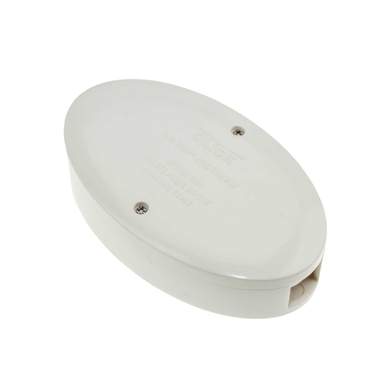- Dec 14, 2021
- 40
- 14
- 83
- If you're a qualified, trainee, or retired electrician - Which country is it that your work will be / is / was aimed at?
- United Kingdom
- What type of forum member are you?
- DIY or Homeowner (Perhaps seeking pro advice, or an electrician)
Hi,
I wanted to slightly re-route a badly routed 6mm2 twin and earth flat cable, that leaves my utility room through the plasterboard, the wall and then to a junction box on the outside wall. I disconnected the Wago connectors in the junction box and pulled the cable through, but now can't get the dam thing to fish back through. I tested with a scrap piece of cable and it does (with some fiddling) fish back from the outside.
I'm happy to be told I need a professional, but if possible I'd like to try and rectify this myself.
First option I thought would be to use a fishing tool, but the ones I see online seem to be for smaller cables and there is very little room in the hole though the wall.
Second option is to cut the cable fish back through some outside and then reconnect in a junction box which would be visible for inspection.
Third option would be to cut the cable and then reconnect using crimps and seal with heat shrink.
Please be kind, I already feel like a plonker!
Thanks.
I wanted to slightly re-route a badly routed 6mm2 twin and earth flat cable, that leaves my utility room through the plasterboard, the wall and then to a junction box on the outside wall. I disconnected the Wago connectors in the junction box and pulled the cable through, but now can't get the dam thing to fish back through. I tested with a scrap piece of cable and it does (with some fiddling) fish back from the outside.
I'm happy to be told I need a professional, but if possible I'd like to try and rectify this myself.
First option I thought would be to use a fishing tool, but the ones I see online seem to be for smaller cables and there is very little room in the hole though the wall.
Second option is to cut the cable fish back through some outside and then reconnect in a junction box which would be visible for inspection.
Third option would be to cut the cable and then reconnect using crimps and seal with heat shrink.
Please be kind, I already feel like a plonker!
Thanks.









